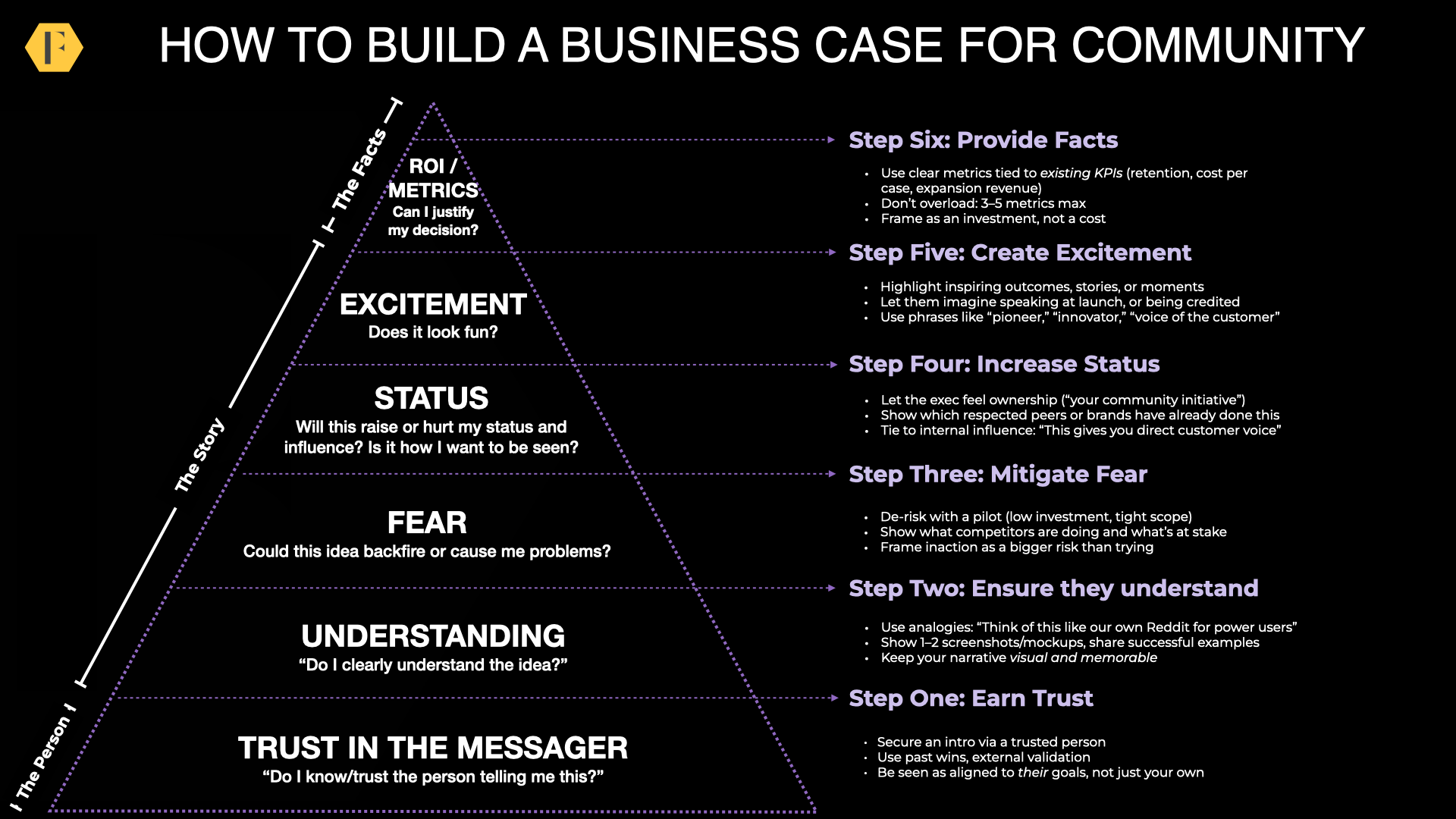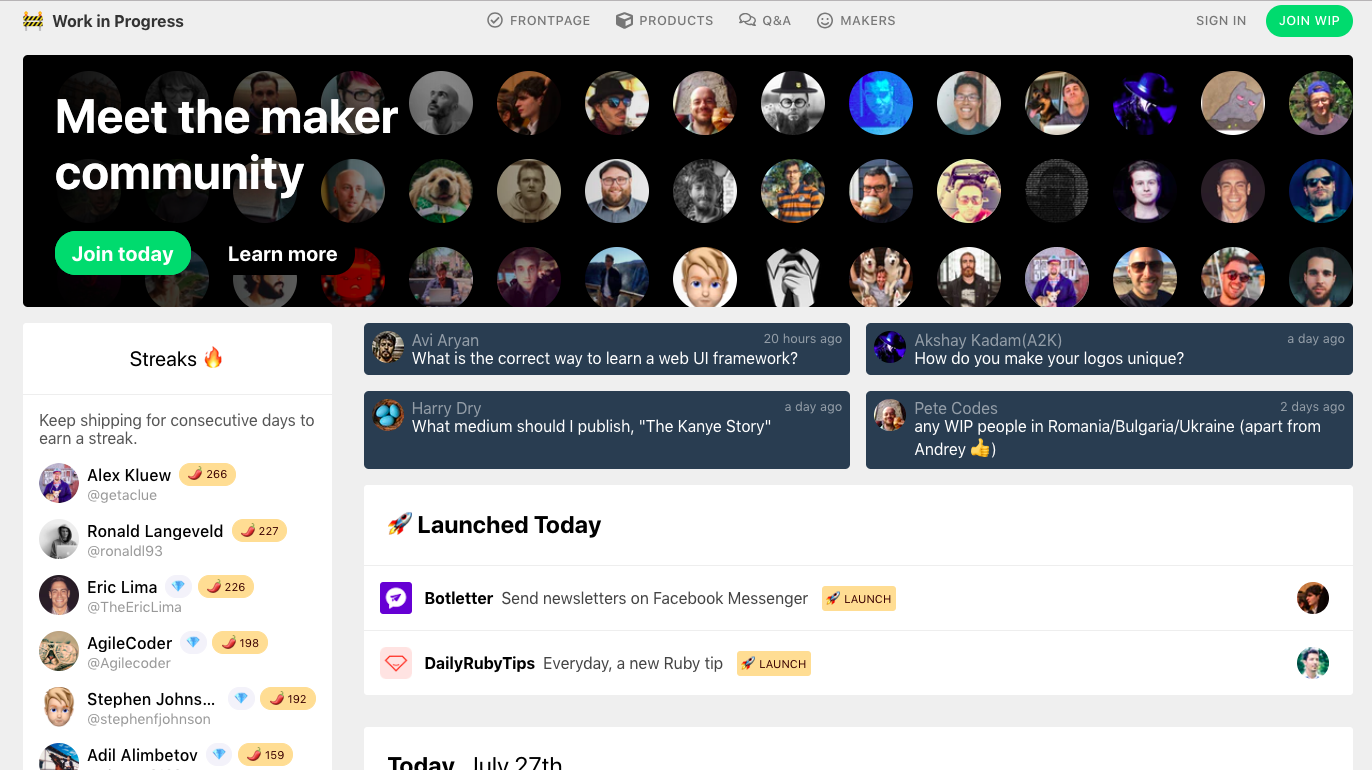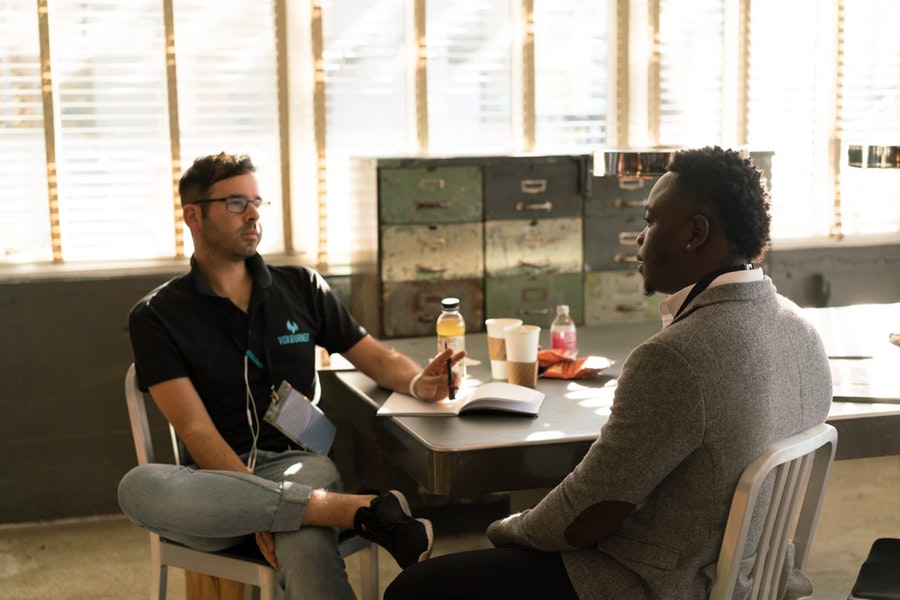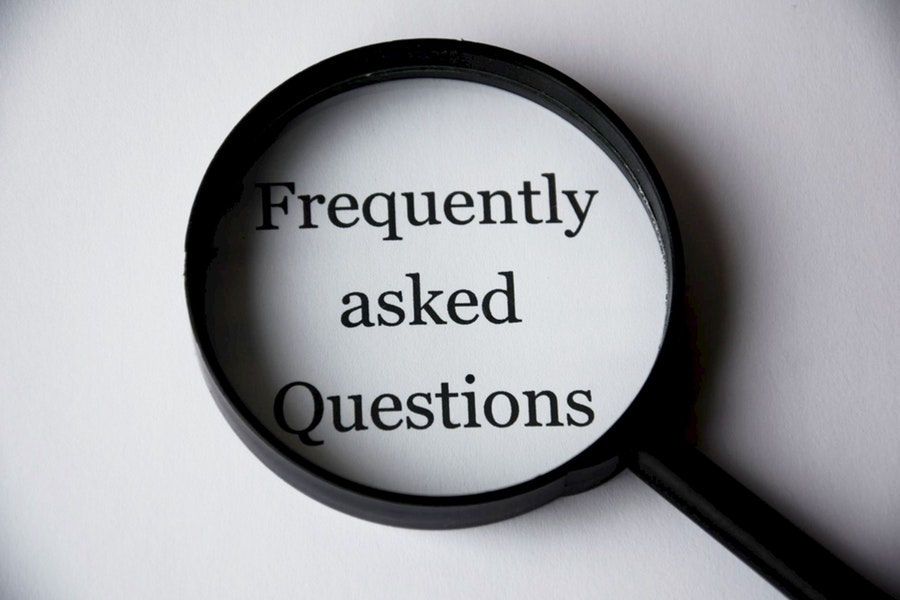Work in Progress is one of my favourite new communities. Members can share what they’re working on, get help from others, and be accountable to


Work in Progress is one of my favourite new communities. Members can share what they’re working on, get help from others, and be accountable to

A recent consultation in a client’s slowly dying community showed members wanted the community to remain exactly as it was. This makes sense, if they’re

I recently joined a new Facebook group.
The next day, I was welcomed with an @mention alongside 50+ other people. Every reply generated a notification which led to further replies. So far, I’ve received over 100+ notifications. It’s irritating, irrelevant to my problems, and exhausting.
From an engagement perspective, this is a big success. The stats are rocketing up. People are introducing themselves to the group. But, as with all efforts which chase engagement, the costs outweigh the benefits.

Getting good, fast, answers to questions is the backbone of communities, but if you want people to stick around beyond that you need to offer a lot more than good information.
There are things only a community can offer: This includes:

Bit of a rant today.
As our list of brand online community examples shows, the nature of a brand community has completely changed in the past two decades.
Until recently, brand communities referred to devout superfans of companies like Apple, Jeep, and Harley Davidson gathering together to celebrate their founder, revealing a revolutionary new technology, help one another customize their vehicles, or participate in long journeys with one another. But brand communities today are completely different. They’re less about superfandom, creating warm, fuzzy feelings, and instead about showing a clear, visible, impact.

A prospective client recently asked: “We know our audience better than you, we can do the research ourselves, why would we need your help?”
It’s a really good (and fair) question. We will never know an audience as well as you. You’ve been working with them for years.
But research isn’t about what you know, it’s about what you don’t know. Better yet, it’s about distinguishing what matters from what doesn’t.

A client’s community members are cynical, extremely cynical. They trash every new idea, criticize every decision, lower the tone of every discussion.
Cynicism is a hard stain to remove.
Cynicism is a self-preservation measure. You can’t be disappointed if you always expect the worse. If you can persuade others to agree with you, you feel validated in your negativity too. Cynicism happens when we’ve been let down, hurt, or feel angry about issues we often struggle to control. When this anger isn’t dealt with it festers and becomes cynicism.

…is something you and your team should never have to say.
Our clients don’t see how the community reacts to anything. They already know. They’ve run the idea passed a decent-size group of members, they’ve refined it, they’ve gotten the buy-in from the top members (if they don’t, they don’t launch).

Once the community hits the maturity phase of the community lifecycle, it needs people to help lead sub-groups. Without them, you get trapped with a small group of members driving all the activity.
To nurture leaders you need to resolve the tension between their need for competence, autonomy, and relatedness against your own need to have enough control to ensure they don’t tarnish your community.